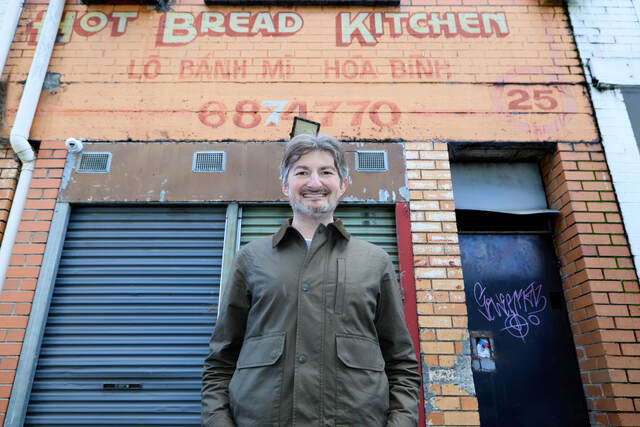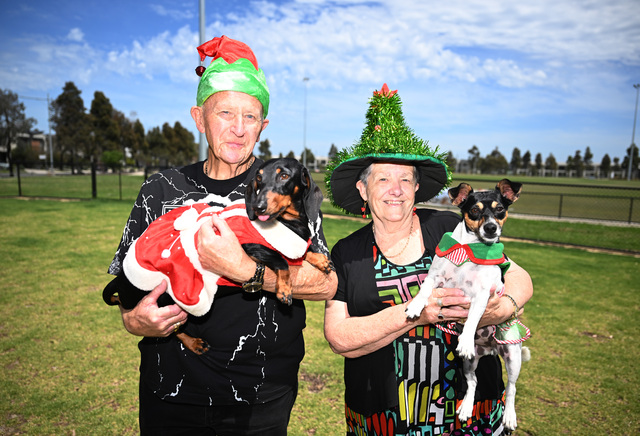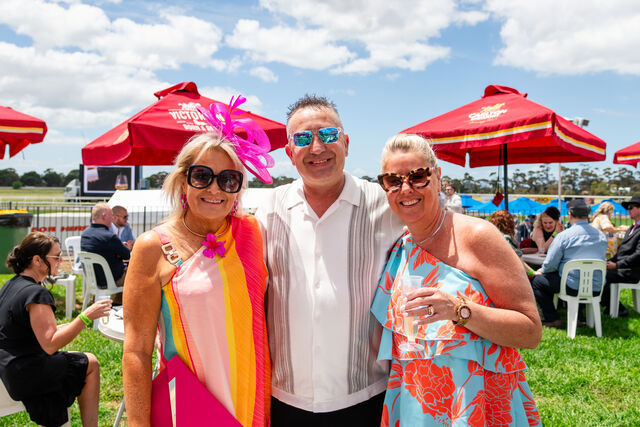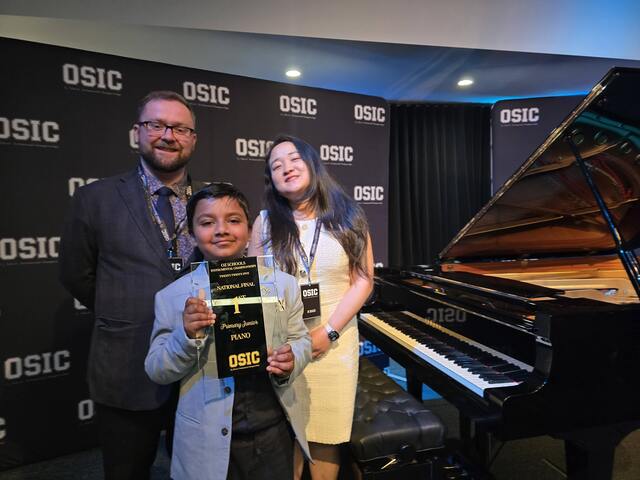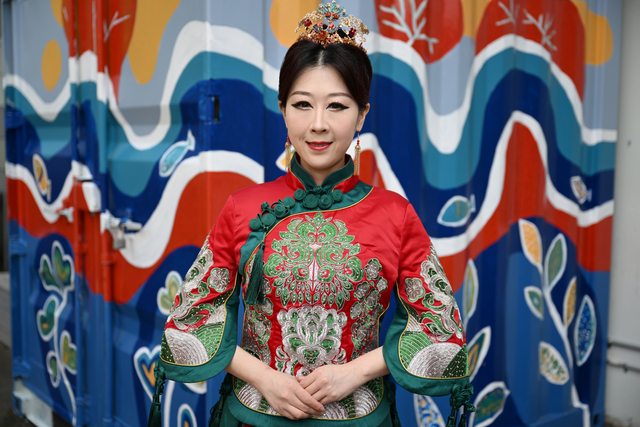PRECEDE: Published last year, ‘Melbourne Ghost Signs’ – created by cultural archaeologist and former Seddon resident Sean Reynolds – presents images of old and often hand-painted signs across Melbourne and the stories behind them. His ghost signs fascination started in the west, where Oscar Parry met him to talk about some of these signs and their significance.
A ‘ghost sign’ might sound like something haunted or related to the undead, but in the eyes of cultural archaeologist and former Seddon resident Sean Reynolds, these relics are full of life, humanity, and tales of community.
Ghost signs are old and often hand-painted signs that have been preserved or left on buildings, and although some are more faded and degraded than others, Reynolds makes sure to keep their stories clear and preserved.
He created a book called ‘Melbourne Ghost Signs’ that was published by Scribe Publications last year and includes a collection of photographs and accompanying stories behind these spectral signs.
In the book, these have been split into chapters across Melbourne’s CBD and the west, south, east, and north.
It was in the west that Reynolds took his first step into the realm of ghost signs, where he now hosts regular ghost sign photography walking tours with the Footscray Traders Association.
First becoming fascinated with the signs after noticing them on repetitive daily lockdown walks in 2020, he said they began to catch his eye.
“I’d walked past a lot of these signs dozens and dozens of times and never thought about them, but then I started noticing them … they’re kind of beautiful in and of themselves,” Reynolds said.
“There’s an artistry to them, and there’s kind of almost like this human touch to them – they’re hand-painted … so many signs now are big vinyl or big plastic signs, but these hand-painted signs, they have … almost a humanity to them,” he said.
“[I] wasn’t happy just photographing the signs, I wanted to know the story behind them, and it just kind of spiralled out from there.”
Creating an Instagram account initially just for his own records, his account now has more than 30,000 followers and has attracted interest for several reasons.
“People will comment, and they’ll tell their stories … they’ll have a family connection … you know, ‘my dad worked at that factory,’ … ‘hey, that was my milk bar when I was growing up.’ And then, some of it is just kind of collective nostalgia or stories,” Reynolds said.
“The Skipping Girl sign – that’s such an icon of Melbourne, and people … almost without fail, someone’s got a story about it. And a lot of it is from their childhood – they remember seeing the Skipping Girl sign … they were coming in from country Victoria to visit their grandma or something like that,” he said.
Through sharing ghost signs online, Reynolds has met other enthusiasts, with people from across the globe documenting the signs in their own communities.
At his Footscray ghost sign walking tours, Reynolds said that people of all ages come along for various reasons.
“You look at these old signs and stories and you’d think it skews older because the signs are older, the buildings are older – but I’ve found a lot of young people are interested in their community,” Reynolds said.
“A lot of young people have grown up, and spent their adult lives – and their childhoods now – everything’s digital, so everything’s online … I think there’s a bit of this kind of push collectively for people to really start to understand their community … so I’ve had a lot of young people show up to these tours, or I’ve had people [show up] who’ve never been to Footscray,” he said.
Reynolds said personal stories are often shared at his tours, such as a man whose parents moved to Footscray in the 1940s and who remembered an Italian-only cinema in the suburb.
“Footscray’s always been a suburb of immigrants, so you had the Irish and then Italians and Greeks moved here and then … Vietnamese people and Chinese people and now we’ve got a lot of people from Ethiopia and Africa and the Middle East … with that has always been industry,” Reynolds said.
He said along the Maribyrnong River, there were plenty of textile plants, wool mills, and slaughterhouses.
“What you start to find is Footscray, in particular, was such a huge part of industrial Melbourne … it’s kind of the rise of that and then by the 1970s, that kind of globalisation takes over and we start to see these places closing down … I try to be fairly agnostic about it – I try not to put too much political spin on it – but there’s no question that we used to really make things here, and now we don’t as much,” Reynolds said.
To those interested in hunting for ghost signs themselves, he recommended searching through alleyways and at the backs of buildings, as frontage signs are often painted over or covered up.
“I think it’s important though to document these things to remember the stories behind them, because the stories behind them are very human – they’re human stories,” Reynolds said.
“Just kind of being aware of what was here before, that everything has a story – I think that’s it.”
Details: instagram.com/melbourne_ghostsigns

